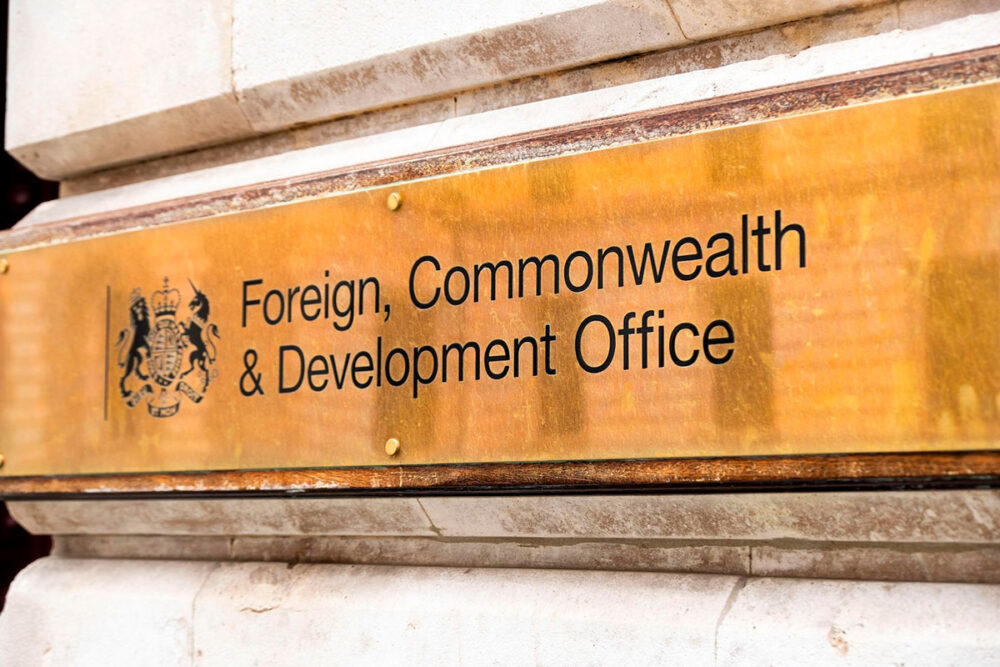Background to the report
One of government’s main challenges is achieving efficiency savings. The civil service employs over half a million people in the UK and runs diverse operations and services, from collecting taxes and processing benefits claims to granting a rod fishing licence. In 2020-21, central government departments expected to spend £456 billion on the day-to-day running costs of public services, grants and administration.
Jump to downloadsDigital transformation and modernisation of its services and data are instrumental in achieving efficiencies, with huge gains to be achieved if all government services were modernised. However, there are many challenges, and these will take many years to overcome.
Across government, outdated IT systems and its ageing data are a key source of inefficiency and create a major constraint to improving and modernising government services. Many of these ageing systems were built several decades ago and are commonly referred to as ‘legacy’ systems. Their limitations and poor-quality data increase the cost of services.
In January 2021, the Cabinet Office created the Central Digital & Data Office (CDDO) to lead the digital, data and technology function across government. In June 2022, CDDO published ‘Transforming for a digital future: 2022 to 2025 roadmap for digital and data (which we refer to as ‘the Roadmap’) which seeks to address some of the underlying digital problems.
Scope of the report
This report evaluates government’s approach to addressing the underlying issues of why past attempts at digital transformation have run into problems. We focus on the approach to transforming government, how the Central Digital and Data Office, its Roadmap and departmental leaders will support and promote this, and whether senior business leaders across government have a suitable level of digital capability.
The report is in three parts:
- Part One sets out the current landscape, drivers for change and government’s new approach
- Part Two examines how government is undertaking its new approach
- Part Three assesses how the Roadmap is addressing key challenges to digital transformation
Conclusions
Government has established CDDO to provide fresh impetus to the digital transformation needed across government. CDDO has created its Roadmap as a framework to start addressing key systemic issues and encourage departments to take more urgent action to understand what will be required. Departments attempting to transform operational services and the associated legacy and data issues will be a major step in addressing the existing inefficiencies. CDDO has also created stronger levers for delivery, with permanent secretary-level sponsors and boards, compared with previous digital strategies.
CDDO is laying good foundations but many of the critical and more challenging milestones lie in the future. CDDO’s small budget and headcount are already affecting the intended reforms to government central functions’ treatment of digital programmes. In addition, departments are finding that, in current market conditions, they cannot acquire sufficient digital skills and expertise in their teams.
It is therefore too early to say if the aims of the Roadmap can be achieved. Many business leaders do not yet have the expertise required to comprehend and tackle the challenges the civil service faces in a digital age. Stronger digital expertise and capacity-building, sustained support from the centre of government and the continued goodwill of department senior business leaders are needed to maintain momentum. Without these, the Roadmap will peter out as its predecessors have done and government is unlikely to address the systemic issues and achieve the efficiencies the Roadmap has identified.
Downloads
- Report - Digital transformation in government (.pdf — 472 KB)
- Summary - Digital transformation in government (.pdf — 146 KB)
- ePub - Digital transformation in government (.epub — 984 KB)
Publication details
- ISBN: 978-1-78604-484-6 [Buy a hard copy of this report]
- HC: 1171 2022-23
Press release
View press release (10 Mar 2023)


